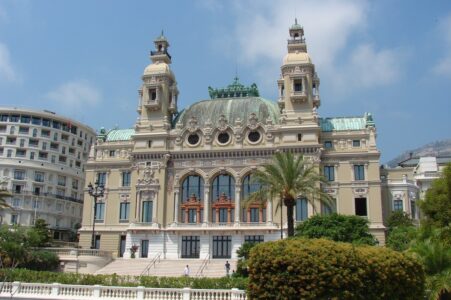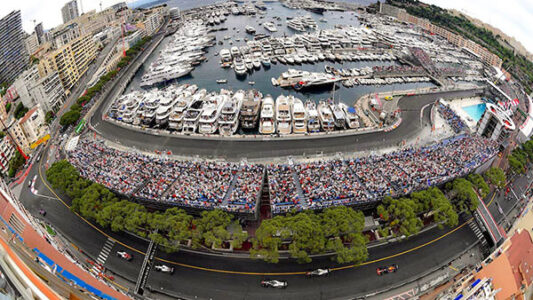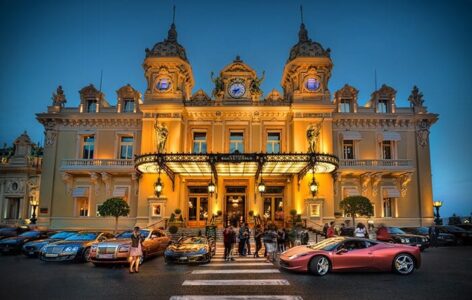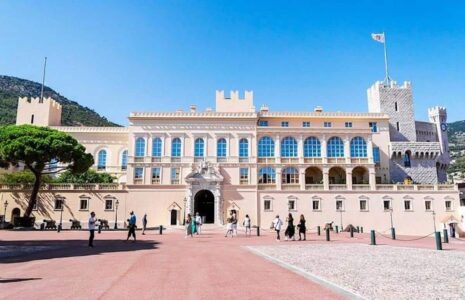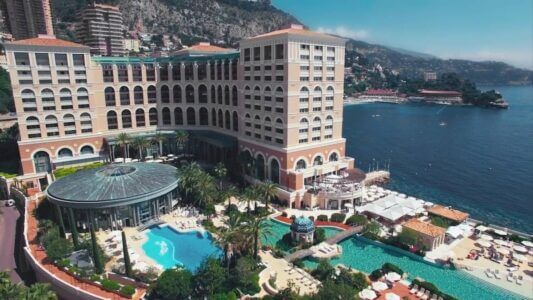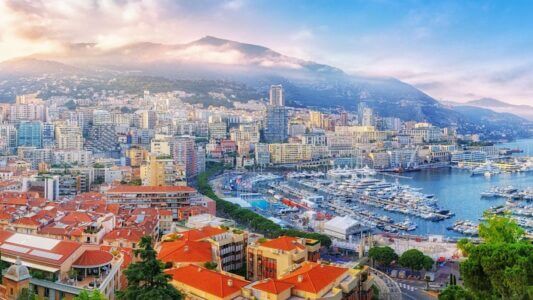“Nature is our most demanding client”: Marc Leclerc, vet for Mediterranean turtles in distress
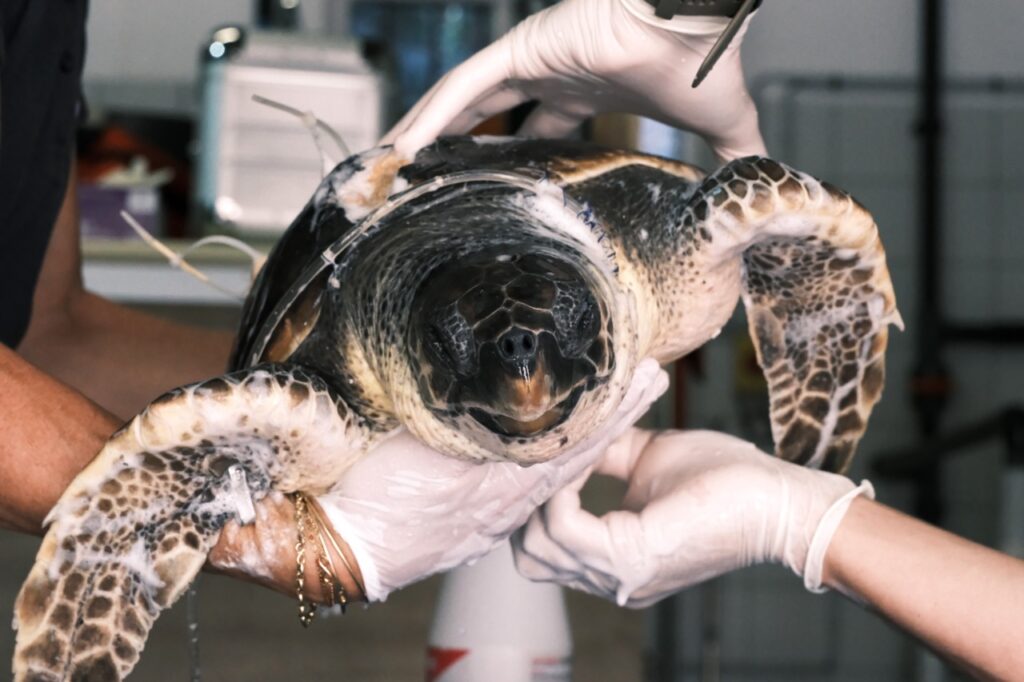
Just a stone’s throw from the Mediterranean coast, a silent but vital battle is being waged in a discreet location: the rehabilitation of sea turtles. Meet Marc Leclerc, a vet who is involved with the Émergence non-profit.
In an immaculate white polo shirt that shows off his tan, Marc Leclerc smiles broadly as he extends his hand, enthusiastic at the idea of introducing us to CC-31, his current convalescent turtle.
Tucked away in the pine forest behind Posidonia – the ‘Espace Mer et Littoral’ (Sea and Shore space) at the end of Cap d’Antibes – the Centre de Réhabilitation de la Faune Sauvage (CRFS – Wildlife rehabilitation centre) is home to some rather special residents. Sidonie Catteau, biologist and executive director of the Émergence non-profit, which manages the centre, works closely with Marc to collect, care for, rehabilitate and release turtles found in difficulty off the Mediterranean coast.
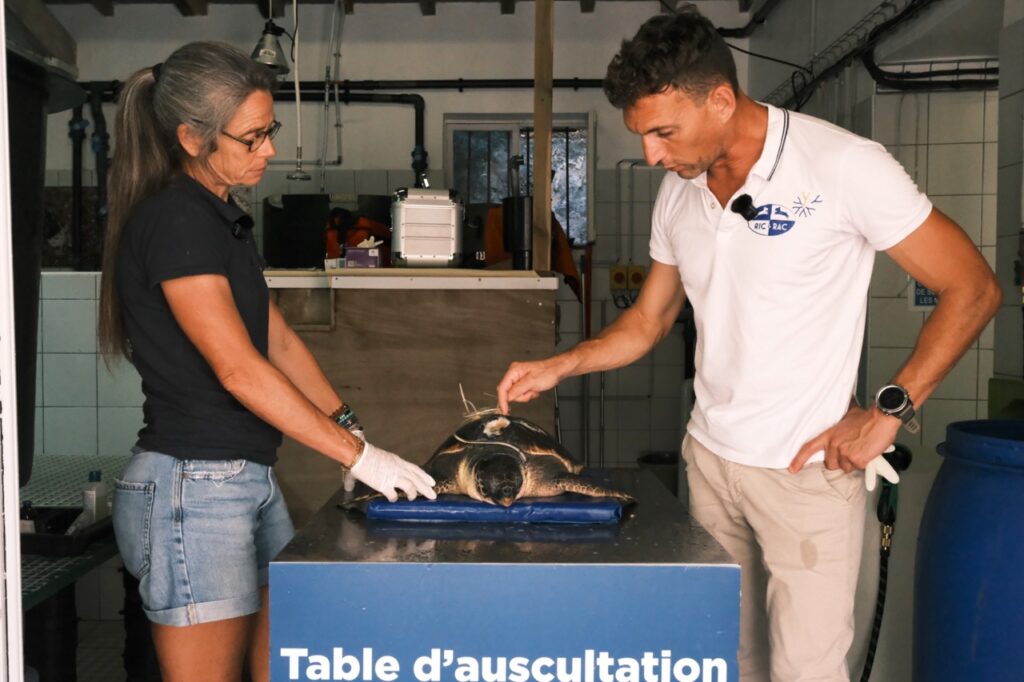
CC-31, the loggerhead sea turtle
In the middle of a large tiled room, in one of the three hospital tanks, CC-31 dozes peacefully beneath the water’s surface. This is no prototype of a cyborg turtle, but a loggerhead sea turtle: “The scientific name for the loggerhead is caretta caretta, hence the initials CC. The number is used to identify them. In this case, it’s our 31st patient, who has already been to the care centre twice. This time, we think she was hit by a boat,” says Marc, who comes at least once a week to look after her.
The young loggerhead arrived at the centre on 16 April, and still carries visible scars from her accident. Her shell is still hollowed out in several places, exposing infected flesh tissue that is struggling to heal, while her left front flipper remains virtually immobile. As if that weren’t enough, her eyes are closed due to keratitis (an inflammation caused by an infection of the cornea).
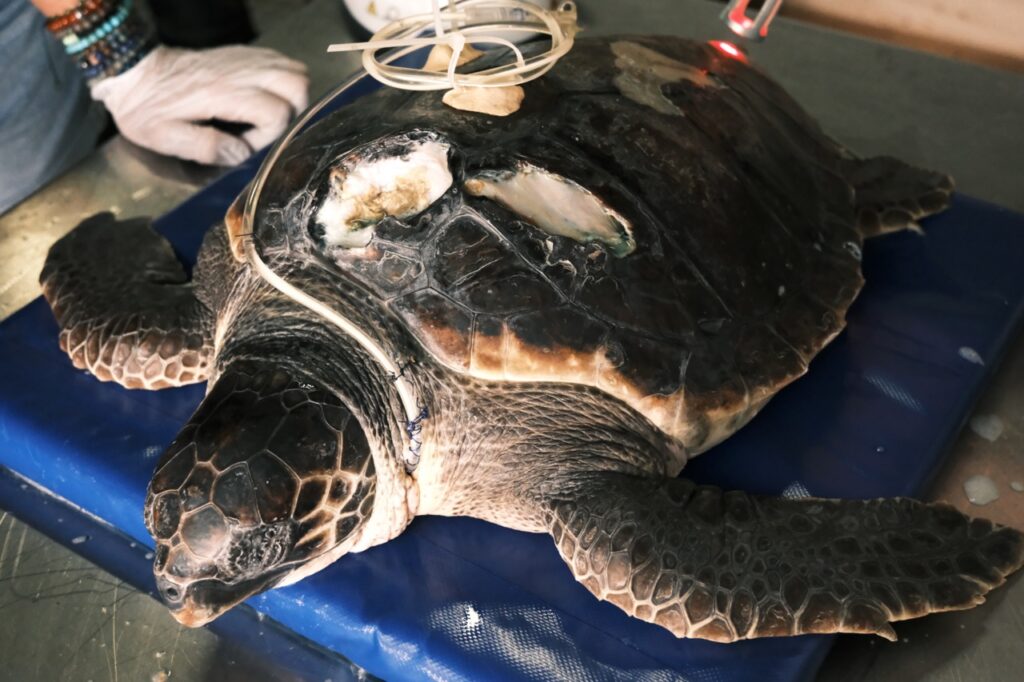
Human actions, animal consequences
“When we took her in, her condition was critical, she wasn’t eating, she was paralysed in her hind flippers, with a lesion on her spine and a third of her spinal cord affected,” the vet tells us. “We wanted to avoid moving her neck, so we inserted a feeding tube. Since we fitted the device she has started to put on weight again.”
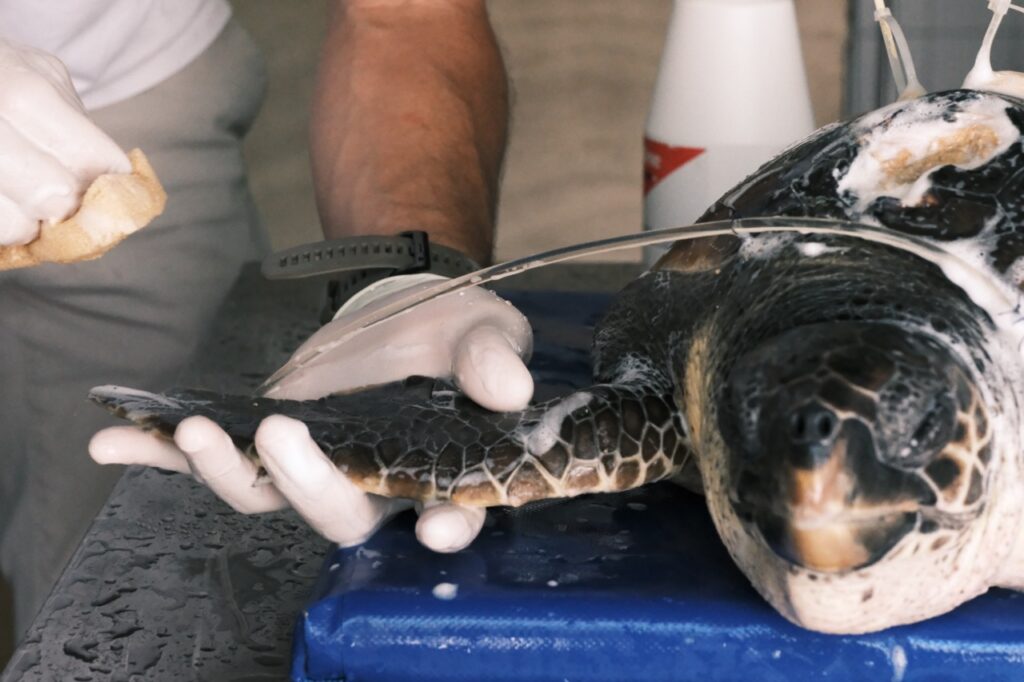
Today’s weigh-in was 9.7 kg, an encouraging sign for a juvenile turtle, according to Sidonie. On the examination table, CC-31 lets herself be handled by Marc and is about to receive her weekly treatment. “Unfortunately, the most common causes of injury to these species are often of human origin. There are collisions with boat hulls or propellers, which damage the shell, and then ingestion and entanglement in waste. Waste is also systematically found in their digestive system. We then classify it according to a very precise European protocol, by size and colour…” says Sidonie. The vet tells us the waste increases the likelihood of accidents: “Plastics block the digestive tract, causing gas, which makes diving harder and therefore increases the risk of collision on the surface.”
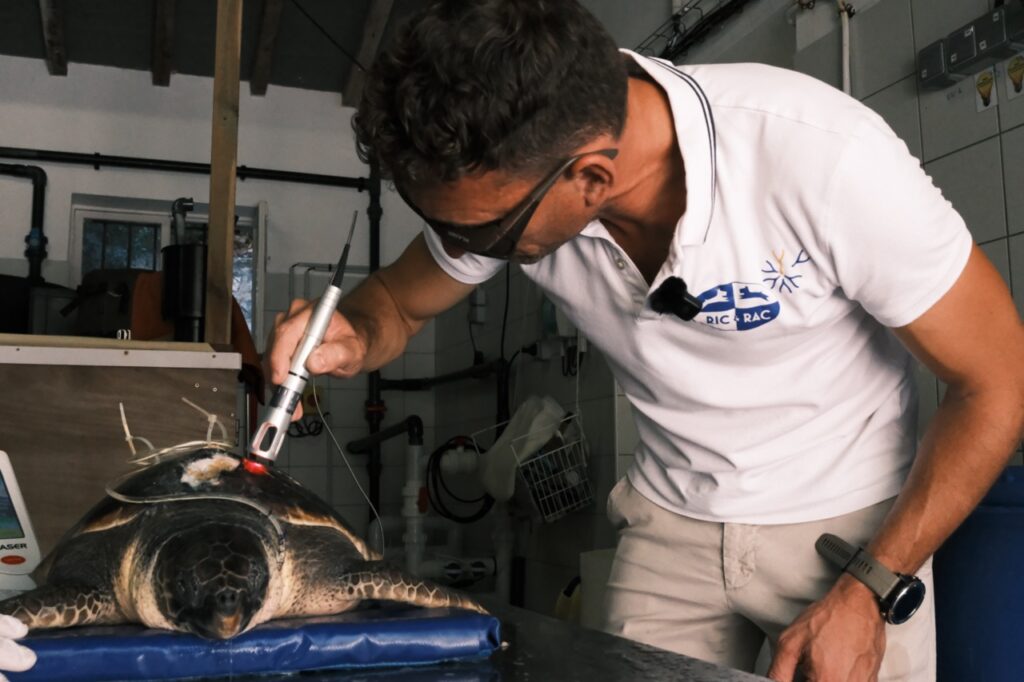
Care, not domestication
After gently washing the young tortoise with soapy water – to avoid any bacterial infection – and then applying a disinfectant gel, Marc checks the mobility of the limbs, listing the medical terms that go with his diagnosis. This is followed by laser treatment, which promotes healing and has a pain-relief effect. “This turtle is a typical example of how you have to give them all a chance. Her wounds are healing quickly. It’s a constant reminder of nature’s ability to regenerate.”
Beyond the visible wounds, there is the issue of contact with the human carer. “We try to be as distant as possible during treatment. Some turtles seem to recognise us, others panic at the slightest presence.” Once released, however, their wild instincts seem to return.
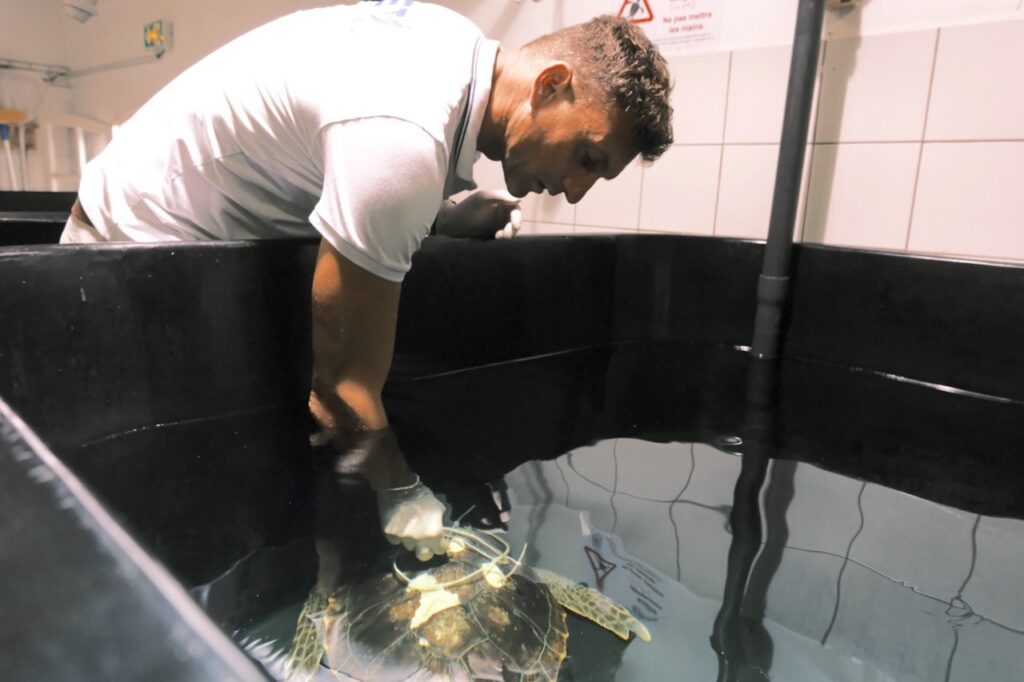
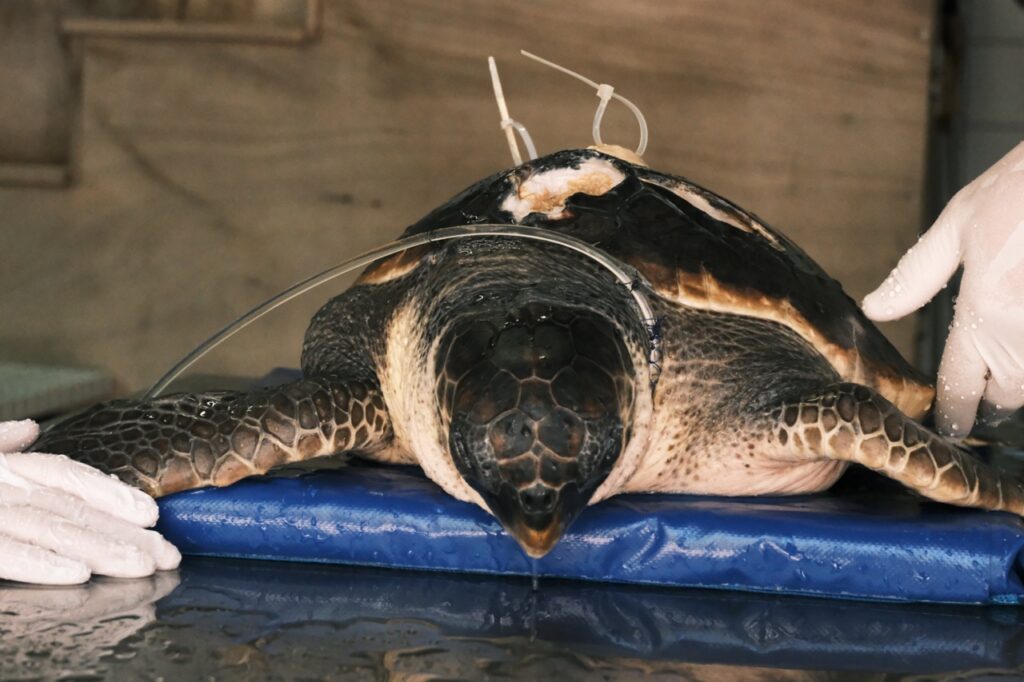
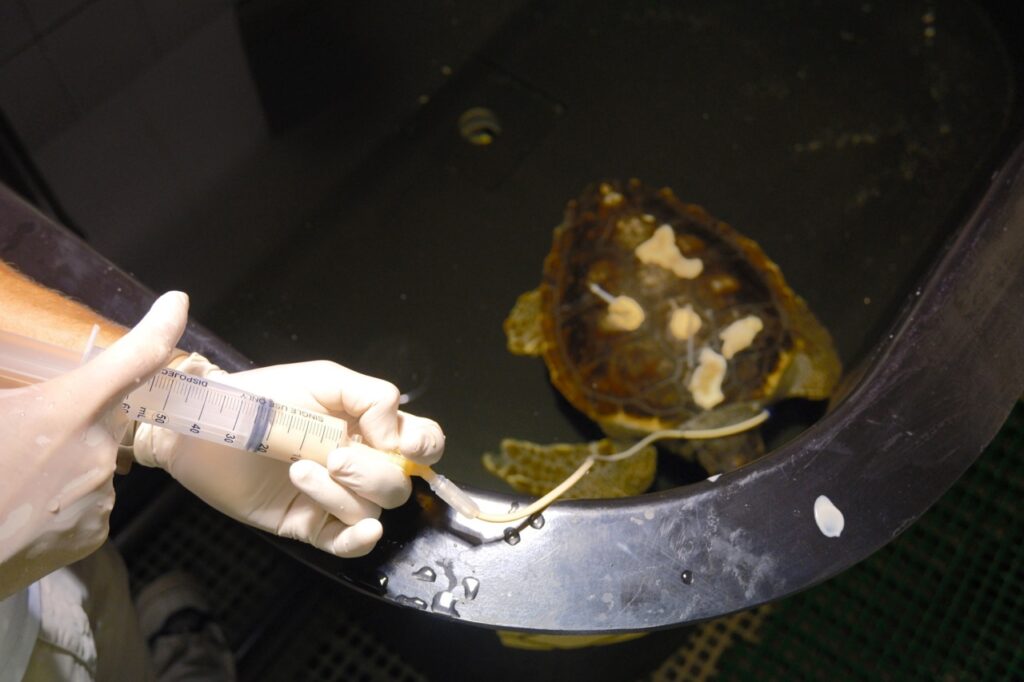
Total dedication
Since his arrival, Marc has treated 18 turtles. Two did not survive. “These are major disappointments, but they are a minority. You never know how long they have been suffering before they get to the centre.” Each turtle has a story. Some are upsetting.
He tells us about Nicea, a turtle who was drowning but was saved at the last minute thanks to Arnaud, a local fisherman, and the staff who reacted quickly: “She hadn’t been breathing for several hours. When we intubated her, 250 millilitres of water came out of her lungs. We spent eight hours in intensive care to save her before releasing her.”
Other stories are tragic. Like a 62-kilo turtle, the largest ever housed at the centre, who died recently, four days after an operation. “It had swallowed a stingray. The stings were lodged in its tongue and oesophagus. It was an unprecedented, undocumented case. When the second sting was removed, something happened in the room. There was a tension, an emotion I can’t explain. Everyone was crying. Myself included.”
Here, the turtles are called ‘patients’. An approach borrowed from modern veterinary medicine, but which takes on a special dimension. “These animals have no owner. Their only parent is nature. And nature is or most demanding client. It feeds us, allows us to breathe… but never blames us for anything.”
“This treasure is in peril”: Prince Albert II warns as UNOC3 gets under way
Marc Leclerc makes no secret of the fact that money and dedication are still essential to the cause: “Patrons and donors provide cutting-edge equipment, more human resources and time. That’s what makes the difference.” He welcomes events such as the BEFF in Monaco and the initiatives by the Prince Albert II Foundation. “Not everything is perfect, but these events are an essential step. We can’t only offer criticism anymore; we must also offer solutions. We have a collective responsibility.”
Like the two turtles Unoc and Nicea, released and renamed as a tribute to the United Nations Ocean Conference in June, CC-31 will be given her own name when she is out of danger and returned to the water.

